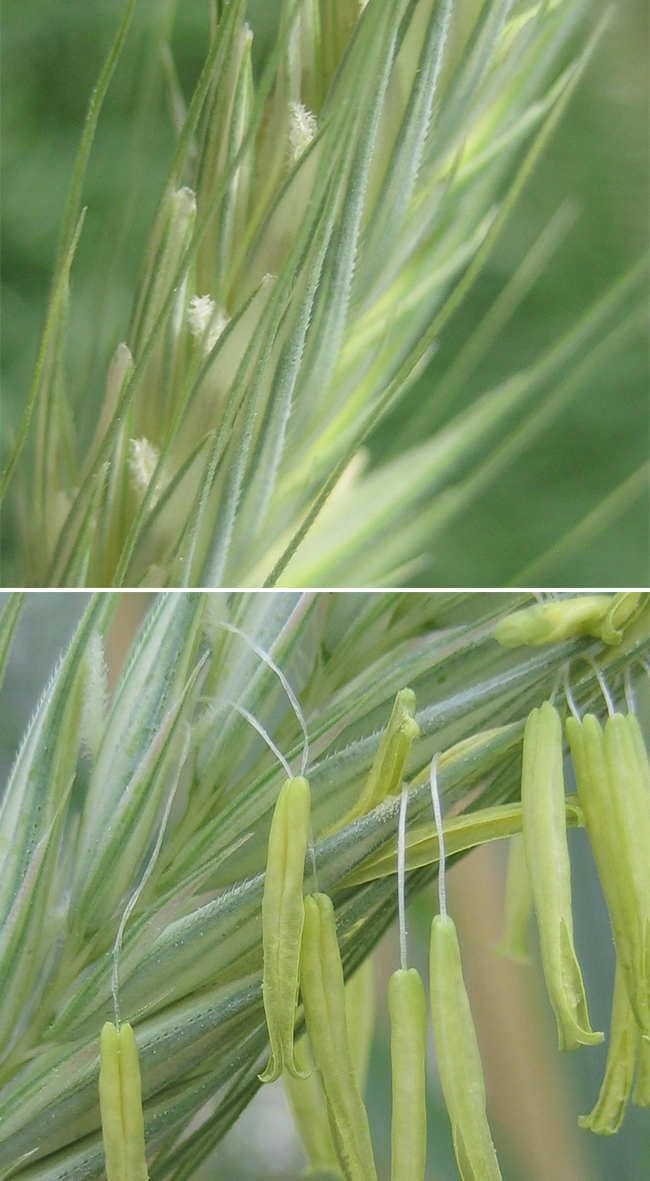
The natural genetic diversity in rye was the fundamental basis to achieve a series of technological advances, which facilitated a substantial progress in the genetic improvement of rye. Cytoplasmic male sterility (CMS) promotes cross pollination in rye populations and enables a natural, reliable, environmentally friendly and cost-effective large-scale seed production for matings between selected genotypes. The products of such matings are designated hybrids (from latin hybrida: crossbreed).
The availability of a sufficient amount of pollen has proven to be the most successful strategy to minimize ergot contamination of the harvest. Restorer-of-fertility (Rf) genes are, thus, of central importance for cereal hybrid breeding, both for achieving maximum seed setting as well as for minimizing ergot infestation in CMS hybrids. However, hybrids carrying an effective Rf gene for the P cytoplasm (Rfp) suffer from a significant reduction in grain yield. As a consequence of the high yield penalty, a restricted integration of Rfp genes from weedy rye in the pollinator gene pool gaining a restorer index of ~50% is discussed as a feasible practice. However, rainy weather at flowering time affects pollen shedding and pollen movement. As wet pollen agglutinates and is distributed over short distances only, a restorer index of ~50% may result in insufficient quantities of pollen to combat the fungus adequately. In order to comprehensively reduce the risk of ergot infection in hybrid rye, varieties should be developed with a restorer index of 100%, i.e. male fertility restoration needs to be realized for every single plant.
We have recently shown that the yield penalty associated with a defined donor chromosome segment (DCS) on chromosome 4RL, carrying Rfp2 or Rfp4 from forage rye, is less pronounced than a DCS carrying the most prominent Rfp1 gene captured from a weedy rye.
